Introduction
Pressure sensors are vital components in modern technology, enabling accurate measurement and control across various industries. From automotive systems to medical devices, these sensors ensure safety, efficiency, and performance.
If you’re new to the world of sensors, it’s also helpful to understand the basics of temperature sensors and their applications, as they often work alongside pressure sensors in industrial and consumer systems.
In this guide, we’ll explore what pressure sensors are, their types, applications, and how to select the right one for your needs.
What Is a Pressure Sensor?
A pressure sensor is a device that detects pressure changes in gases or liquids and converts this information into an electrical signal. This signal can then be used to monitor, control, or display pressure levels in various systems. Common types include piezoelectric, capacitive, and MEMS pressure sensors.
Types of Pressure Sensors
1. Piezoelectric Pressure Sensors
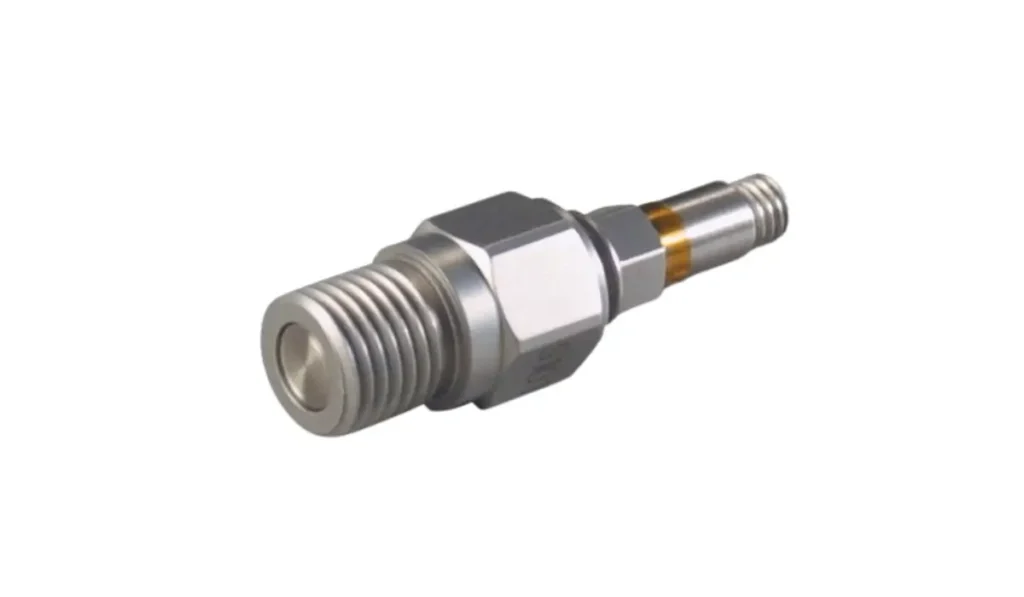
These sensors generate an electrical charge when pressure is applied to a piezoelectric material.
Best for: Dynamic pressure changes like in engines or shock waves.
2. Capacitive Pressure Sensors
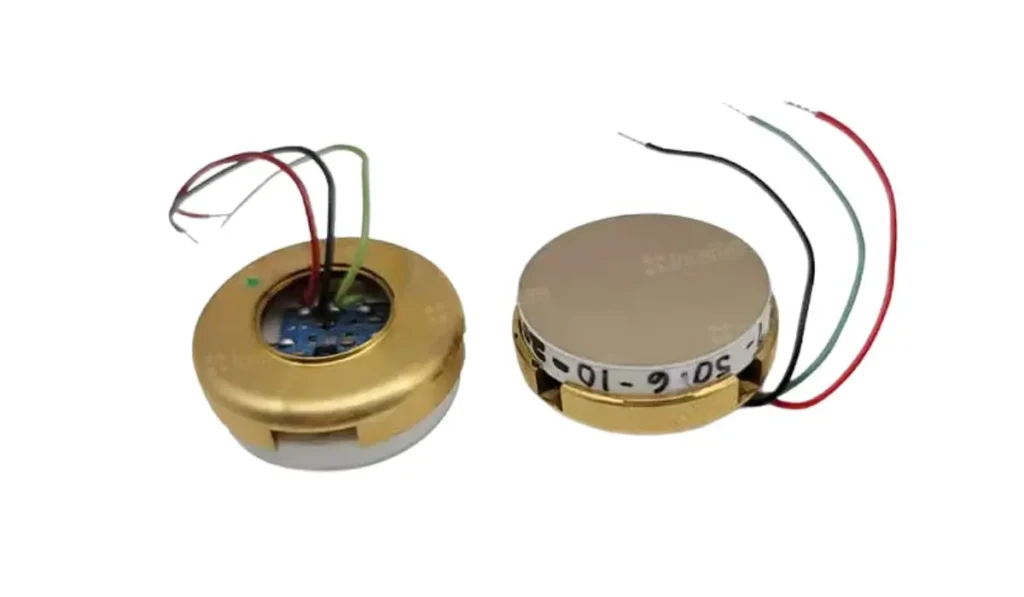
They measure pressure by detecting changes in capacitance between two plates.
Best for: Applications needing high sensitivity and stability, like HVAC systems.
3. MEMS Pressure Sensors
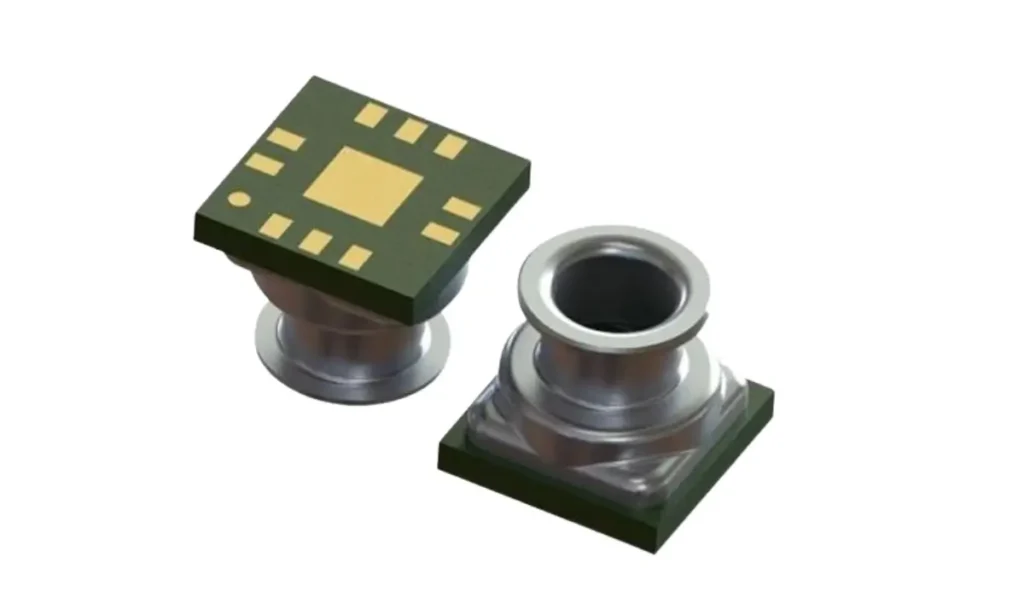
Compact sensors made using micro-electromechanical systems.
Best for: Consumer electronics and automotive systems due to their small size and low power use.
4. Strain Gauge Pressure Sensors
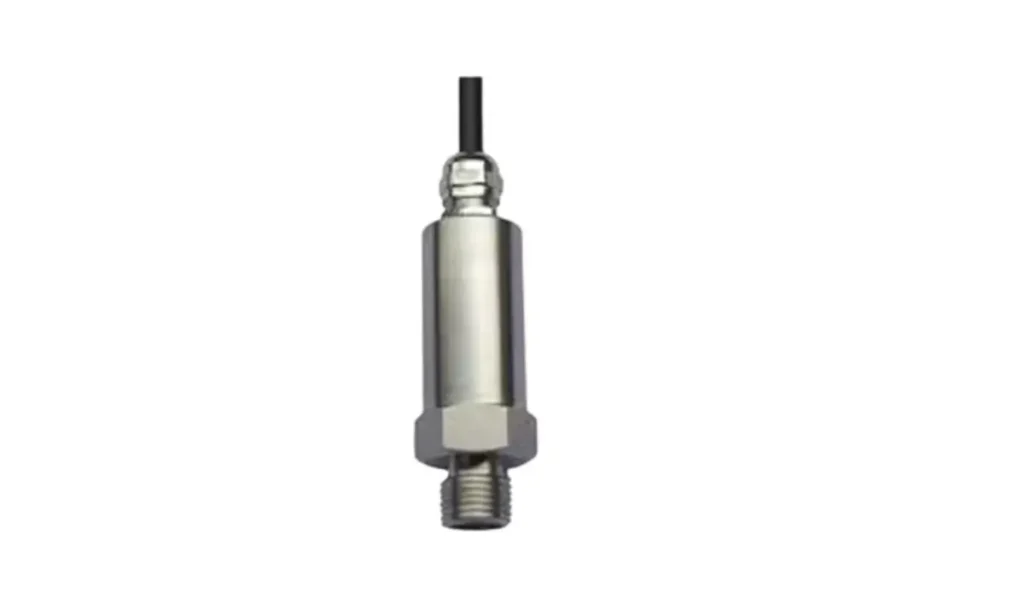
Use strain gauges bonded to a diaphragm that flexes with pressure, changing electrical resistance.
Best for: Industrial applications where precision and durability are key.
5. Optical Pressure Sensors
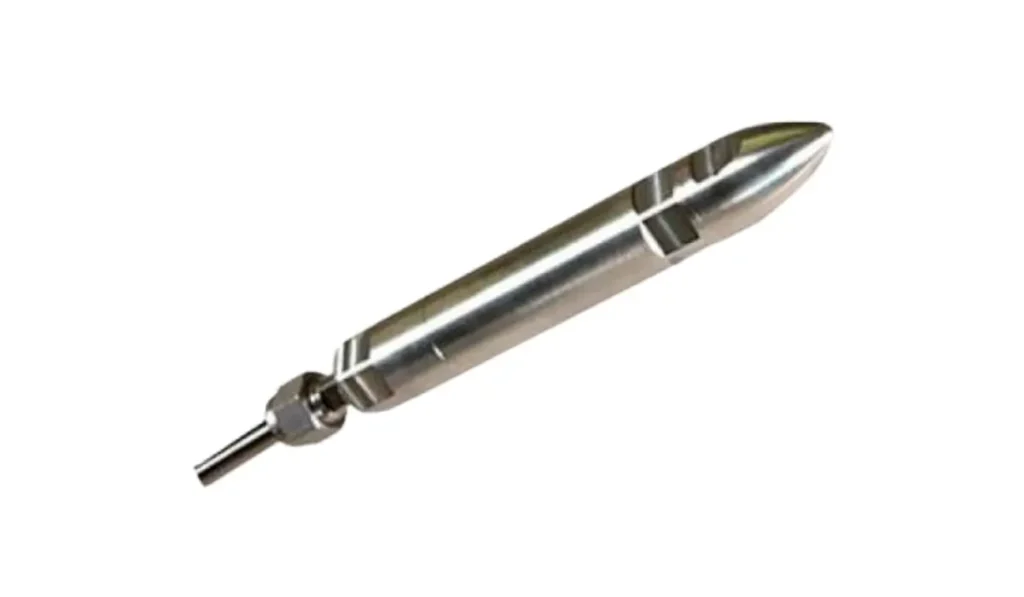
Measure pressure using light interference or changes in optical properties.
Best for: Harsh environments where electrical interference is an issue, such as aerospace.
Comparison Table: Pressure Sensor Types
| Sensor Type | Key Features | Common Applications |
|---|---|---|
| Piezoelectric | High-frequency response | Engine monitoring, acoustics |
| Capacitive | High sensitivity, stable output | Medical devices, HVAC |
| MEMS | Compact, low power consumption | Smartphones, automotive |
| Strain Gauge | High accuracy, robust | Industrial machinery |
| Optical | Immune to electromagnetic interference | Aerospace, harsh environments |
How to Choose the Right Pressure Sensor
Selecting the appropriate pressure sensor involves considering several factors:
- Pressure Range: Ensure the sensor can handle the expected pressure levels in your application.
- Accuracy: Determine the required precision for your measurements.
- Environmental Conditions: Consider temperature, humidity, and exposure to chemicals or vibrations.
- Output Type: Choose between analog or digital outputs based on your system’s requirements.
- Size and Integration: Ensure the sensor fits within your device and integrates seamlessly.
Applications of Pressure Sensors
| Industry | Applications |
|---|---|
| 🚗 Automotive | Monitor tire pressure, engine oil levels, and fuel systems for better safety and performance. |
| 🏥 Medical | Used in ventilators, blood pressure monitors, and infusion pumps for patient care. |
| 🏭 Industrial Automation | Regulate and monitor processes in factories and machinery for efficiency and safety. |
| 📱 Consumer Electronics | Integrated in smartphones and wearables to measure altitude, orientation, and touch pressure. |
| ✈️ Aerospace | Control cabin pressure and monitor atmospheric conditions during flight. |
Conclusion
Pressure sensors are crucial in modern electronics and industrial systems, providing accurate measurements for monitoring and control in applications ranging from automotive and healthcare to robotics and manufacturing. Understanding the types of pressure sensors, their working principles, and how to choose the right one ensures better performance, safety, and efficiency in your projects.